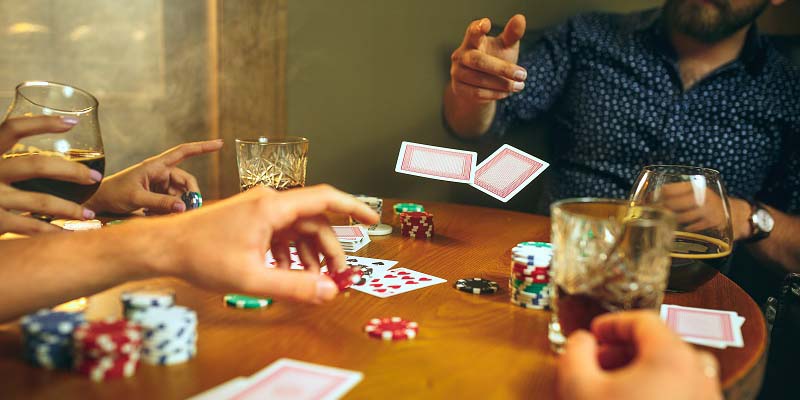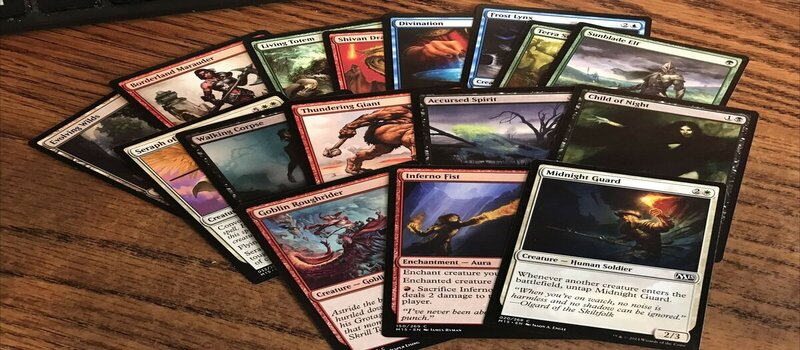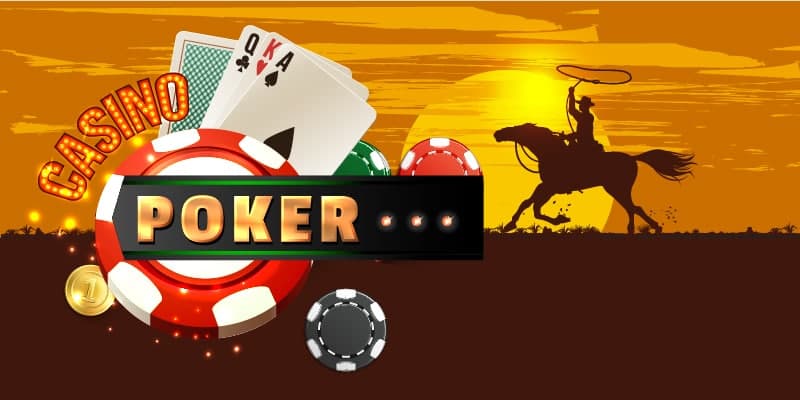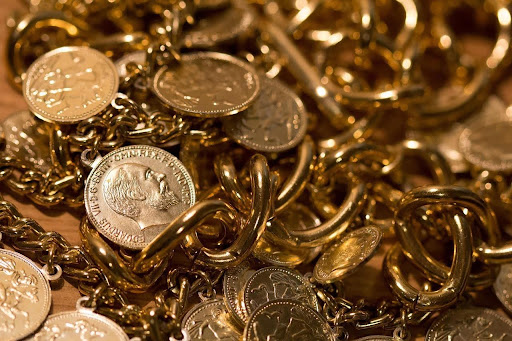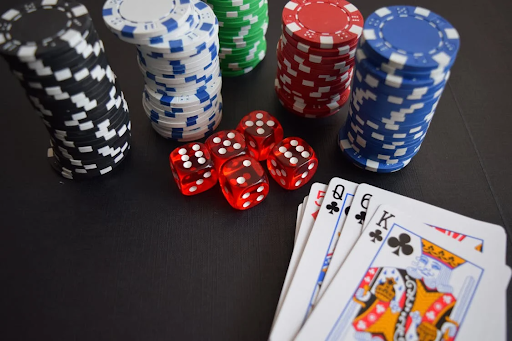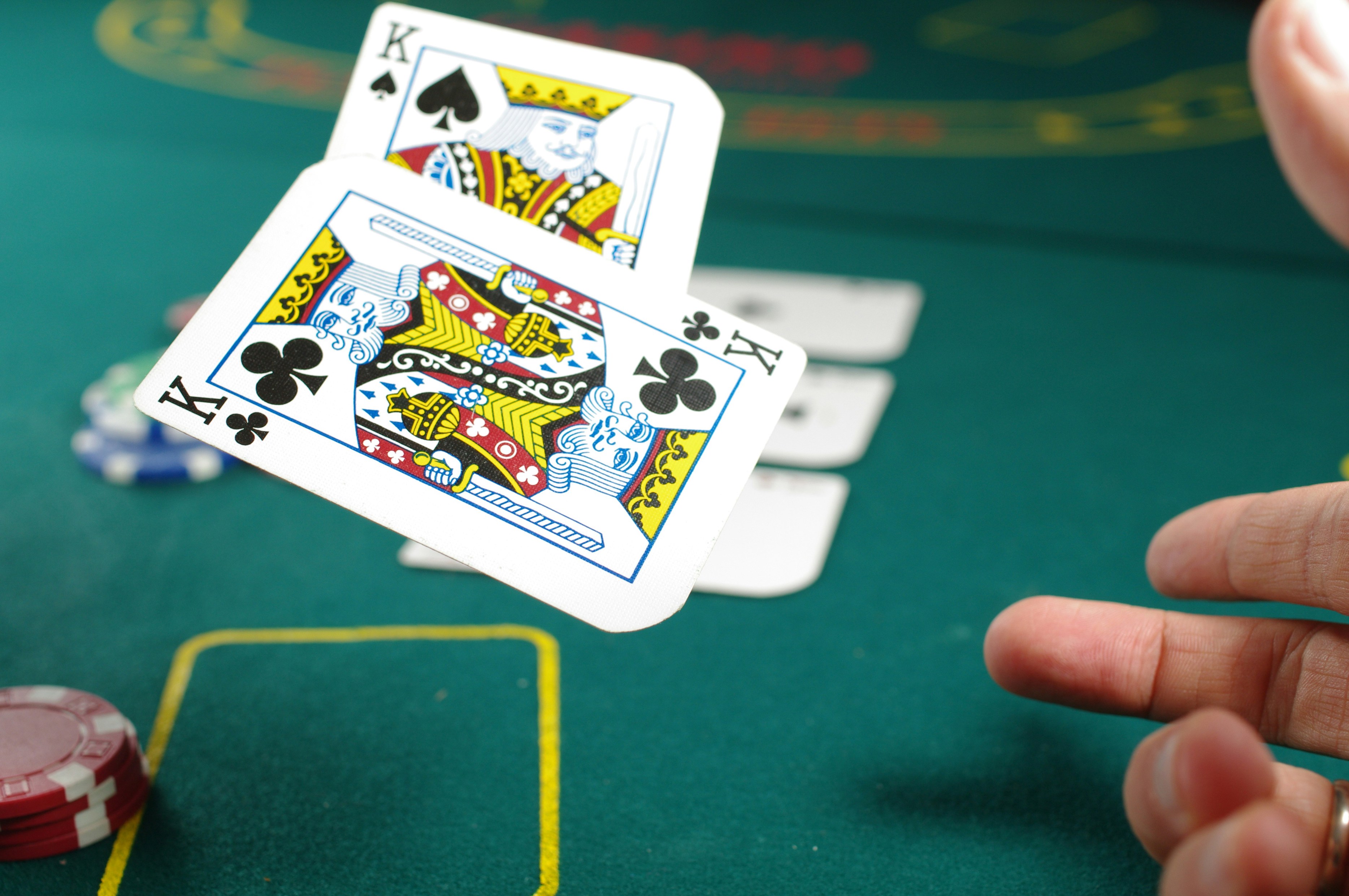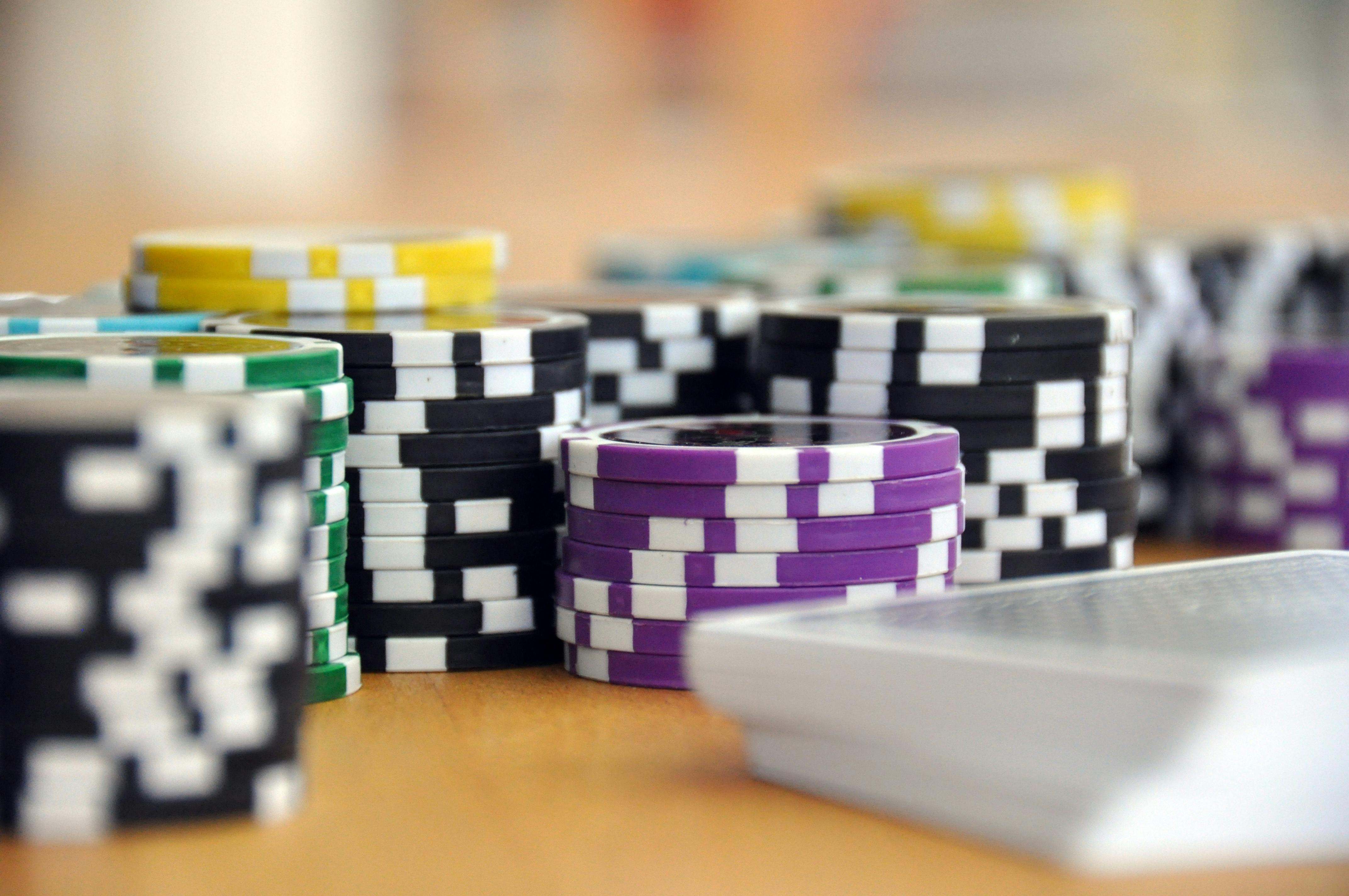Strategy Secrets: Games with Lowest House Edge Guide
Everyone wants to beat the casino, but the smart path is to pick games that give the best chance. Recent reviews highlight how the legjobbonlinekaszinokmagyar project offers practical tools and clear guides for picking smart wagers. These games all have a low house edge, which is the small percent the casino expects to keep from every bet. The lower the number, the closer the contest between player and house. This article explains the strategy secrets behind the games with the lowest edge.
It breaks down why the edge is low, how skill can make it even smaller, and what simple habits protect a bankroll. By the end, readers will know which tables or machines to choose and which risky bets to avoid. They will also see that winning more often is not magic; it is about math, patience, and discipline. Learning about the lowest house edge also helps people set clear, realistic goals before they bet. Most of these tips work both online and in land-based halls, so the lesson fits every kind of gambler.
Understanding House Edge
Before someone can hunt for low-edge games, they must grasp what the term truly means. The house edge is simply the gap between true odds and the payout the casino offers. For example, if a $1 coin flip would pay $2 for heads, the house edge would be zero because the payout matches the chance. In real casinos, payouts are trimmed so the business earns a tiny slice on every spin, roll, or deal.
That slice is normally shown as a percentage, like 0.5% or 5%. A 0.5% edge means a player might lose fifty cents out of every hundred dollars over the long haul. Because the edge works over thousands of bets, a short lucky streak can still happen, yet the math always returns. By choosing games that post smaller percentages, players reduce the amount each spin costs them in the long run, stretching their bankroll and playing time.
Blackjack: Skill Meets Low Edge
Blackjack is famous because the edge can fall under 1% when basic strategy is followed. Basic strategy is a chart that tells the correct move for every hand against each dealer up card. It was built through computer simulations, so guessing is not needed. Without the chart, the casino keeps about 2%. With it, the player hands back less than one penny for every dollar wagered.
Some tables offer special rules like dealer stands on soft 17, double after split, or surrender. These friendly rules can shave the edge even further. On the other hand, side bets that promise big jackpots usually raise the edge to 10% or more, so they should be ignored. Counting cards can even tilt the edge toward the player, but that skill takes practice and may draw attention. For most visitors, learning and sticking to basic strategy is the easiest way to turn blackjack into a low-edge battle.
Video Poker: Playing Perfectly Pays Off
Many casino veterans swear by video poker because certain versions can give back more than 99.5% with perfect play. The key phrase is “perfect play.” Unlike slot machines that rely on luck alone, video poker rewards correct decisions about which cards to hold or discard. Variants such as Jacks or Better, Deuces Wild, and Double Bonus each have their own pay tables and strategy charts.
The best returns usually appear on full-pay machines: 9/6 Jacks or Better pays nine coins for a full house and six for a flush. When that table is found, the house edge drops to about 0.46%. If the machine shows 8/5 or lower, the edge rises quickly, so scouting pays off. Players can practice for free online to memorize the chart before risking cash. Slow, steady play also matters because the quick pace of the machine can chew through funds. By mixing discipline with study, video poker turns into a near even match.
Baccarat and Craps: Simple Bets, Small Edge
Baccarat looks fancy, yet it is one of the easiest low-edge games in the room. The “banker” bet carries an edge near 1.06%, while the “player” bet sits close to 1.24%. These numbers stay the same no matter how large the wager, which is why many high rollers choose the game. The only trap is the “tie” bet, which jumps to about 14% and should be skipped. Strategy in baccarat boils down to sticking with banker, ignoring patterns, and resisting myths.
Craps can appear loud and confusing, but the table hides some of the best odds in the house. The pass line holds an edge around 1.41%, and the don’t pass line is slightly better at 1.36%. After a point is set, taking the free odds bet behind the line lowers the overall edge even more because that extra wager pays true odds. Avoid hardways and one-roll props, as these can soar to 11% or higher. Focusing on the core bets keeps craps both exciting and thrifty.







.png)

